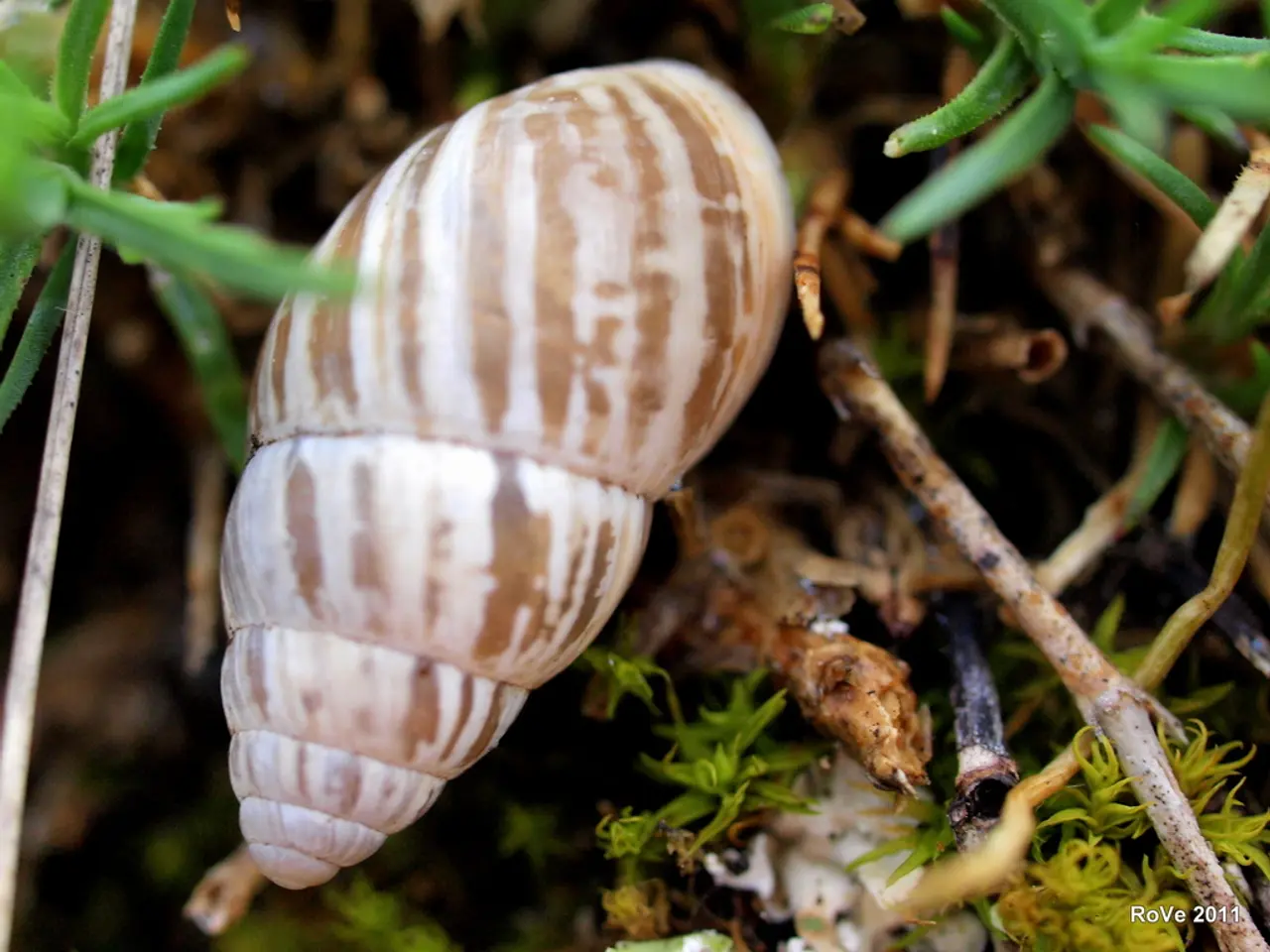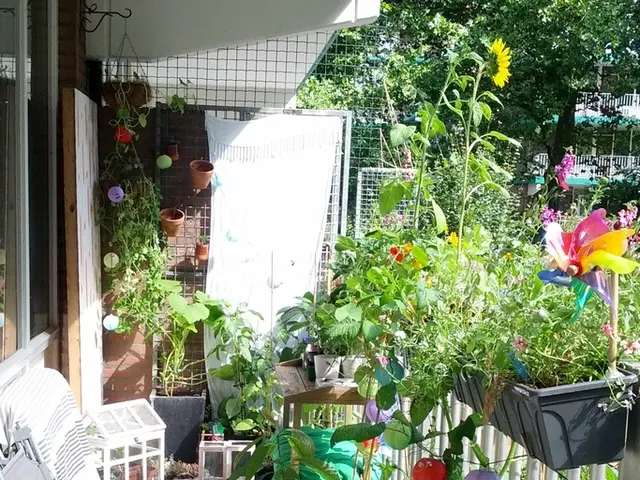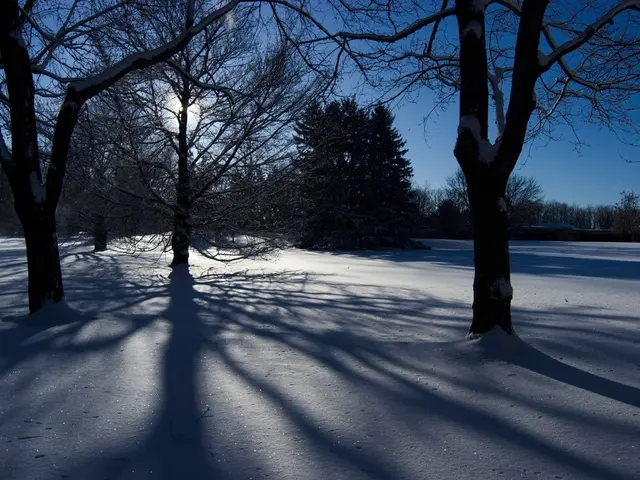Applying Fertilizer to Fresh Bermuda Grass Sod at the Right Time for Maximum Growth
New Bermuda sod requires special attention to ensure it establishes roots firmly and thrives. Here are some essential practices to follow.
Initial Fertilization
For new sod, apply a balanced fertilizer shortly after installation to support root establishment. Aim to fertilize once the sod has settled and roots are beginning to grow into the soil, typically within the first 2 weeks to 1 month after laying sod. Use a balanced fertilizer with nitrogen, phosphorus, and potassium (NPK) formulated for Bermuda grass.
Watering Post-Fertilization
Water deeply right after fertilizing to help the nutrients soak into the soil and prevent fertilizer burn. For new sod, maintain consistent moisture by watering daily for the first 1–2 weeks to encourage deep rooting, ensuring water penetrates 3–4 inches deep.
Fertilizing Frequency
After the establishment phase (about 4 to 6 weeks), switch to a fertilizing schedule using slow-release nitrogen fertilizers every 6 to 8 weeks during the growing season to maintain healthy growth and color.
Additional Practices
- Aerate soil before fertilizing to improve nutrient absorption.
- Avoid heavy traffic on new sod during establishment.
- Mow the new Bermuda grass only after it reaches about 3 inches high, using a sharp blade to avoid disrupting roots.
Drought Care
During drought conditions, prioritize deep, infrequent watering to encourage the roots to grow deeper.
Maintenance
- Spring and fall maintenance for Bermuda sod involves inspecting the lawn for any winter damage and applying a nitrogen-rich fertilizer in the spring. In the fall, focus on preparing the sod for the coming dormant season by mowing at a slightly higher height, applying a balanced, slow-release fertilizer, and aerating the soil.
- Walking on new sod should be minimized, and if necessary, use planks of wood to distribute your weight. Divert traffic away from newly laid sod for the first two weeks to allow the roots to establish in the soil.
- Mowing Bermuda sod should be done when it's about 1-1.5 inches tall, keeping the mower blades sharp to prevent tearing.
Soil Preparation
Before laying new Bermuda sod, debris, stones, or old grass should be cleared from the area to make it easier for the sod to establish roots. The soil should be tilled to a depth of about 4 inches to break up compacted soil, improve aeration, and drainage.
Drainage
Good drainage is crucial for Bermuda sod to flourish. A simple drainage test can be performed to check the soil's drainage. Improving drainage might require adding sand to the soil or installing a drainage system like French drains or perforated pipes.
Soil Composition
Ideally, the soil texture for Bermuda sod should be loamy, with a balanced mix of sand, silt, and clay, for good drainage while retaining enough moisture and nutrients.
pH Levels
Bermuda grass thrives in soil with a pH of 6.0 to 7.0.
Watering
Water new sod at least twice daily for the first two weeks to keep the soil moist 3-4 inches deep. Water early in the morning, between 2-10 am, to minimize evaporation. Avoid watering too late in the evening as it can promote disease.
Expert Tips
Glen, an experienced gardener with over 15 years of hands-on experience in garden maintenance, design, and landscaping services, recommends using a balanced fertilizer, like 10-10-10, for new Bermuda sod. He has written several blog posts, including "Garden Fungicides: Essential Tips for Disease-Free Plants", "When to Pick Candy Cane Peppers: Optimal Harvest Time Guide", and "When to Pick My Watermelon: A Gardener's Guide".
Slope Considerations
A slight slope should be created away from buildings to prevent water accumulation near foundations and protect both the sod and structures.
By following these practices, you can help ensure your new Bermuda sod establishes roots firmly and thrives in its new home.
- To maintain the health of Bermuda grass, fertilize with a slow-release nitrogen fertilizer every 6 to 8 weeks during the growing season, following the initial fertilization done shortly after installation.
- During drier seasons, prioritize deep, infrequent watering to encourage the roots to grow deeper and sustain the sod's lifestyle in the home-and-garden environment, especially during its establishment phase.





